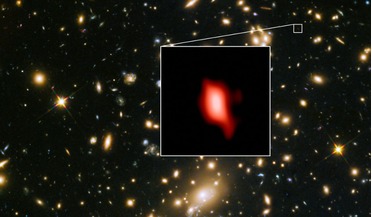 16 May 2018
Astronomers find stars forming just 250 million years after Big Bang
16 May 2018
Astronomers find stars forming just 250 million years after Big Bang
... million years after the Universe began. The discovery of the oldest oxygen signal ever detected by any telescope is a tantalising one, as the very first stars are expected to be composed mainly of the lightest elements that were...
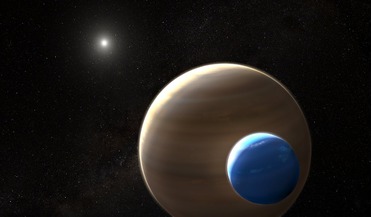 04 October 2018
Astronomers find compelling evidence for first confirmed exomoon
04 October 2018
Astronomers find compelling evidence for first confirmed exomoon
... a Neptune-sized moon orbiting a Jupiter-sized planet. Detections of exoplanets come thick and fast nowadays as a multitude of telescopes both on the ground or in orbit, are programmed to constantly scan the skies for the myriad of exoworlds we are...
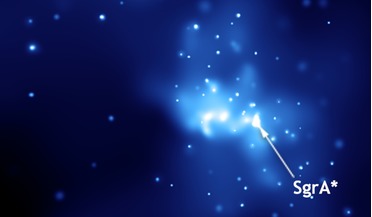 09 August 2019
Is the Milky Way's black hole waking up?
09 August 2019
Is the Milky Way's black hole waking up?
... hole known as Sagittarius A* (Sgr A* for short) is usually a quiet inhabitant. But recent observations with the Keck telescope have showed a big increase in activity suggesting that it could be waking up. Either that or a recent meal has given...
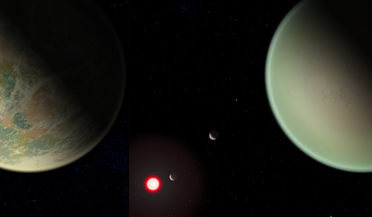 08 January 2020
New technique on finding oxygen could help find alien life
08 January 2020
New technique on finding oxygen could help find alien life
...oxygen using the much anticipated successor to the Hubble telescope, NASA's James Webb Space Telescope (JWST) when it is launched next year. ...band of the electromagnetic spectrum. This will allow the telescope to look not only at the first stars and ...
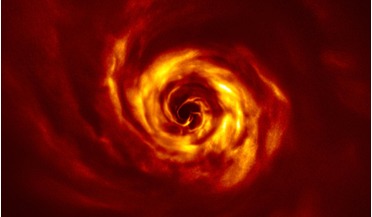 20 May 2020
Twisted feature could be the first direct evidence of a baby planet being born
20 May 2020
Twisted feature could be the first direct evidence of a baby planet being born
... made with the European Southern Observatory’s Very Large Telescope (ESO’s VLT) which has produced stunning new images...grow says co-author Anne Dutrey, also at LAB. Although telescopes such as the Atacama Large Millimetre/submillimetre Array (ALMA) ...
 04 November 2020
New studies reveal the origin of fast radio bursts
04 November 2020
New studies reveal the origin of fast radio bursts
... radio pulse signal in data collected by the Parkes 64-metre telescope in Australia in 2001. The signal became known as a ...luck would have it, China’s five-hundred meter Aperture Spherical Telescope (FAST) was also pointed in the same patch of sky...